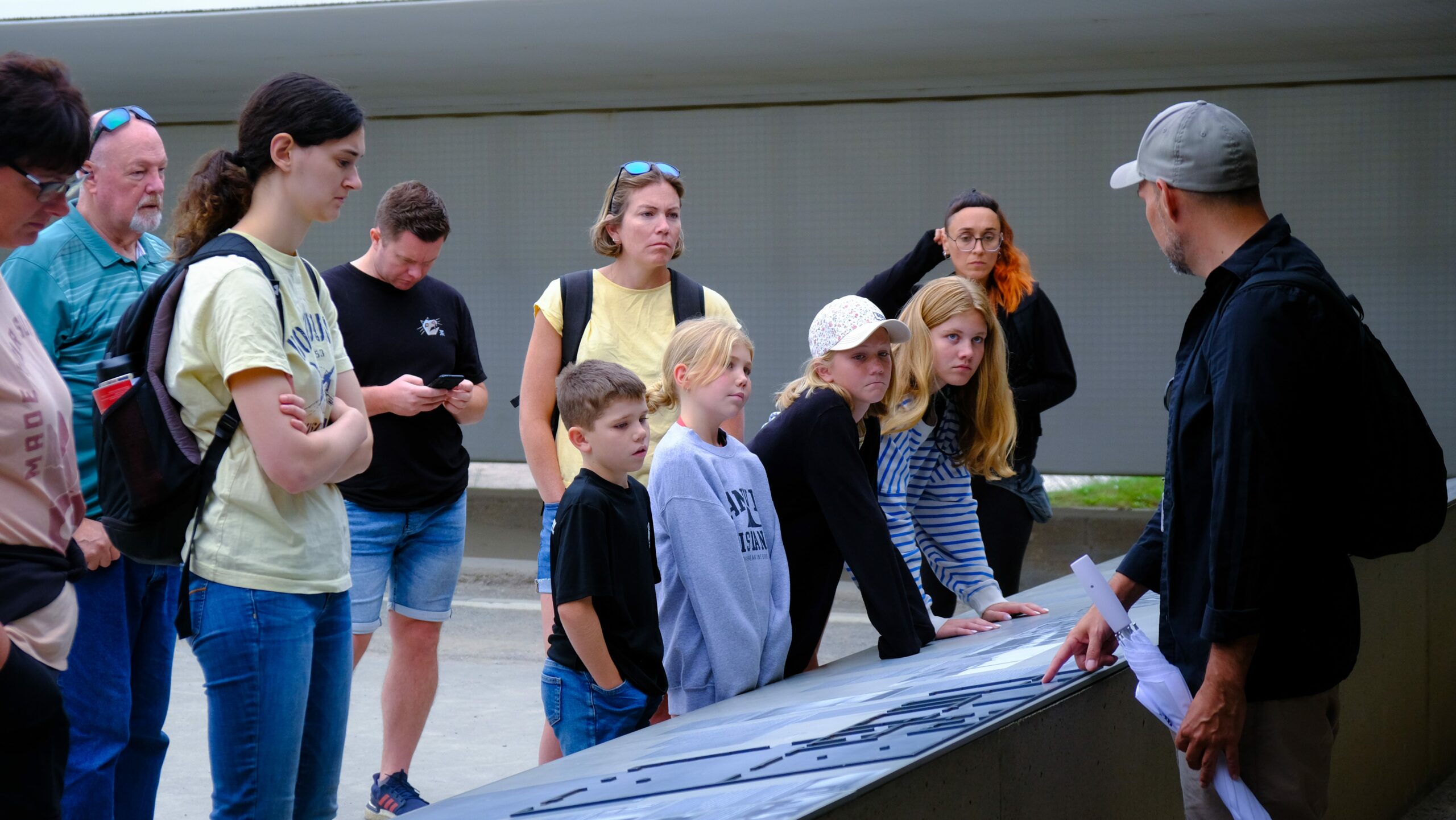As the capital of Hungary, Budapest mixes history, culture and wonderful scenery. It’s helpful to know what the weather is like by month when you plan your visit, so you can decide what to bring with you and do more during your time there. In this piece, we will review the weather scenes in Budapest over the course of the year, each season’s highlights, to help you prepare for your travel plans.
Budapest is lovely in every season, whether you see the pretty spring flowers or the snowy December smiles. Picking the suitable season allows you to enjoy walking by the Danube as well as taking part in Budapest’s famous thermal baths.
From March through May is the season we call spring.
You’ll find spring in Budapest is a lovely season thanks to the arrival of nature and the city opening up after winter. Although the days can be quite chilly, temperatures across March vary between 5°C and 12°C (41°F and 54°F). During April, the weather turns milder and the average temperature goes up to 10°C and 20°C (50°F and 68°F). Temperatures in May are usually between 59°F and 77°F, so you’ll enjoy visiting the city’s parks and natural areas.
With spring bringing life to city parks and gardens, markets and walks by the river offer a great way to spend your days. There is a buzz in the city as more visitors come for the Budapest Spring Festival, attended by people from different parts of the globe.
What you need to have with you:
- Slightly warm layers
- Long-sleeved shirts
- Wear shoes that feel good to walk in.
- If it rain every now and then, take an umbrella or raincoat.
Must-see attractions:
- St. Stephen’s Cathedral
- Parliament Building in Hungary
- Buda Castle
Sites from our past are even more beautiful when seen in the soft spring sun. Because there are fewer tourists in spring, it’s easier to take photos, slow down at cafés and admire exhibits without rushing.
Summer month are June through August.
Streams of tourists from other parts of the world travel to Budapest in the summer, thanks in part to the warm and sunny days. Monthly temperatures are typically between 20°C (68°F) and 30°C (86°F) and July and August are the hottest months. Because of many lively events and festivals, the city is busier and more crowded during these months. Pack items you need for summer to remain comfortable when it’s hot.
With more sunlight in summer, tourists can tour the city for longer. The Danube’s banks are filled with activity during summer thanks to outdoor concerts, rooftop bars and spots connected to the river. You’ll have a great time on river cruises, attend boat parties and visit thermal baths such as Palatinus or Szechenyi during summer.
What you should take with you.
- T-shirts, shorts and dresses are great examples of clothes that help you stay cool.
- It’s important to use both sunscreen and sunglasses.
- Using a hat or cap to defend against sun rays
- Carrying a bottle of water you can use again to drink.
Must-see attractions:
- Heroes’ Square
- Chain Bridge
- Margaret Island
Many people—both residents and tourists—use Margaret Island to escape during the summer. There you will find peace in nature, as well as LED lights, lyrical fountains and trails for cycling, all great for a pleasant day.
This is the time of year from September through November.
Budapest in autumn enjoys moderate weather and lovely changing leaves. During September, expect temperatures of between 15°C and 25°C (59°F and 77°F). The cooling continues in October, to temperatures of 10°C to 15°C (50°F to 59°F) and in November, the temperatures drop further to 5°C to 10°C (41°F to 50°F).
The city is framed by the bright red, yellow and oranges of this season. Romantic weather makes it a good time to hike up the hills of the city, take a sunset cruise or thankfully sit somewhere high and enjoy grape wine.
What you should bring when you travel.
- Light clothes with long or short sleeves
- Long pants
- Adding a scarf or shawl for when it’s cool
- Walking shoes that feel easy to use
Must-see attractions:
- Fisherman’s Bastion
- Szechenyi Spa Bath
- Berlin’s Great Market Hall
If you want to escape the cold air, the market hall has a great selection of local dishes and places to buy souvenirs. Cool weather makes thermal baths all the more enjoyable, as you get to enjoy both calm and cultural beauty.
December through February is the winter season.
Winters in Budapest are cool, but the city’s many beautiful Christmas markets and joyful mood make it special. Average temperatures in December are 0°C to 5°C (32°F to 41°F), with a bit of snow appearing every so often. Temperatures dip to -5°C to 0°C (23°F to 32°F) in the coldest months of January and February.
### Even though it’s cold, winter is a wonderful season in Budapest. Central Hungary is adorned with bright lights and you can smell mulled wine throughout the streets at Christmas markets. With its endless ice and snow, Vancouver looks like something out of a child’s dream.
Things to remember to put in your bag:
- You’ll need warm winter coats, hats, gloves and scarves during the winter.
- Using several layers so you’re comfortable when indoors.
- Waterproof boots
- Special socks made for keeping feet warm
Must-see attractions:
- Danube River
- Buda Hills
- Skating on the city park’s ice
City Park has one of Europe’s biggest ice rinks, with Vajdahunyad Castle set beautifully in the background for anyone who wants a nice winter photo. You can either ride the Budapest Eye or relax in a café with some chimney cake and traditional hot chocolate.
Conclusion
Budapest offers visitors something interesting, no matter when they come. You can plan what you’ll do each month, bring the right things and enjoy all that this city offers by learning about the climate during each season. Try to check the forecast at various points before your trip, as the weather isn’t always the same each time you visit. As a result, sightseeing, soaking up the hot springs or joining cultural activities can all keep you interested in Budapest anytime!
Table of Contents




